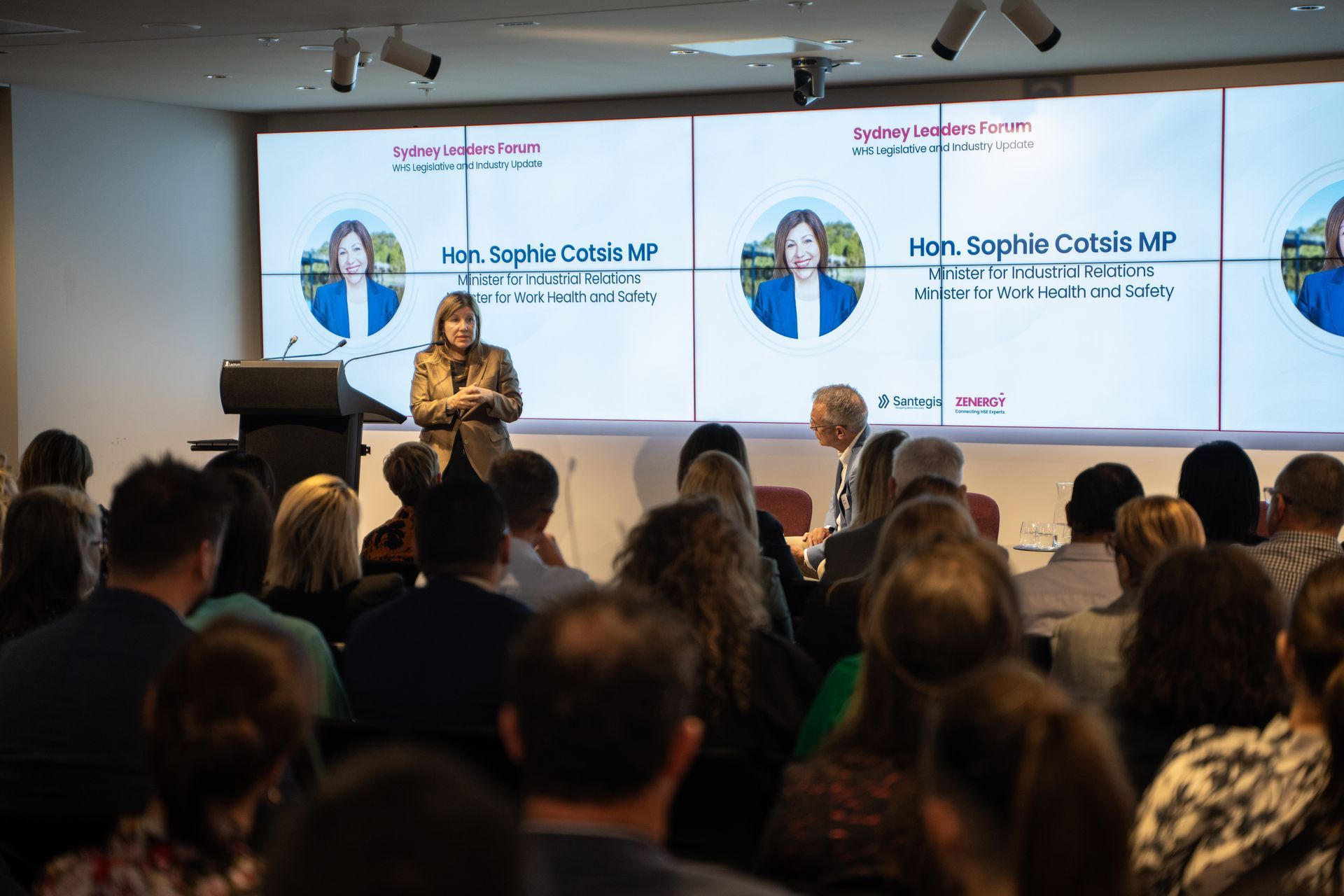Compo refused: cause of accident disputed
A worker has has failed to establish a sufficient link between a fall from a ladder and a dusty site, while another employee failed to prove a prior compensable injury caused a subsequent slip injury.
Dusty site not cause of fall
The plaintiff fell from a ladder while working at a building site. He claimed he slipped because of dust on the ladder that should have been cleared from the building site. He sued the head contractor for failing to keep the site sufficiently dust-free. However, both the NSW District Court and the Court of Appeal found the plaintiff had failed to show the connection between the incident and the dust at the site.
Glazier seriously injured
Mr M, a glazier, was seriously injured when he fell at work at a construction site in Sydney in December 2011. He had been installing the window of an office partition as part of the refurbishment of the fourth floor of the building when he fell.
In the NSW District Court there were a series of conflicts in the testimonial and documentary evidence. While the court assessed his damages at $721,611 if negligence was established, it found that Mr M had failed to establish causation, and therefore made no award.
Appeal rejected
The NSW Court of Appeal dismissed the appeal and found the cause of the accident was not explained:
“It was not sufficient for Mr M merely to disprove some other explanation for the accident (such as silicone, or misjudging a step). Building sites are dusty. As it was put during the trial, the site was ‘not a hospital’. Questions of the amount of dust were important if Mr M were to discharge his burden of proving that the quantity of dust on the ladder was causally connected with his accident.
“We do not accept Mr M’s submissions based on common sense. Common sense cannot, in a case such as this, discharge the onus borne by Mr M.” … It cannot be said that ‘common knowledge’ provides an answer to the question of whether a person wearing work boots is more likely to slip on the step of a ladder if there is an (unidentified) amount of dust on the step than if there is not. Workers on building sites, including painters patching walls, who constantly have to use dusty ladders in the course of their work, do so without slipping… “For those reasons, we would dismiss the appeal.”
Costs
Mr M was ordered to pay 80 per cent of the contractor’s costs of the appeal, not 100 per cent, as the defendant had extended the range of argument on appeal.
M v Sheldon Commercial Interiors Pty Ltd [2016] NSWCA 77 (15 April 2016)
Slip unrelated to compensable foot injury
Meanwhile, in a NSW workers compensation matter, a worker failed to prove that a compensable foot injury led to a slip injury.
There was inconsistency in the evidence and this told against the worker:
“I… note that Mr C said in his statement that his ‘foot suddenly went under me’. Mr C said he did not trip but that his foot bucked under him as his foot was still weak after recently coming off crutches. Mr C does not in his statement refer to feeling a ‘spasm of pain and lost his balance’ as recorded by Dr D.”
The court noted that “there also appears to be some inconsistency with the circumstances of how the event occurred as recorded in the reports of the respondent’s independent medical examiners”.
Another doctor made a report recording the history of the event as follows: “While recuperating at home he slipped and fell and in attempting to break his fall he reached out with his right upper limb and sustained a full thickness rupture of the right biceps tendon.”
C v Smith Bros Trade & Transport Terminal Pty Ltd [2016] NSWWCC 81 (29 March 2016)
The bottom line: Although it is perhaps stating the obvious, there must be a change of causation established to successfully pursue a compensation claim.
This article was originally posted on Workplace OHS a part of NSW Business Chamber – Australian Business Consulting and Solutions has a dedicated team of WHS/OHS experts who can assist you with your specific WHS/OHS issues and problems.






